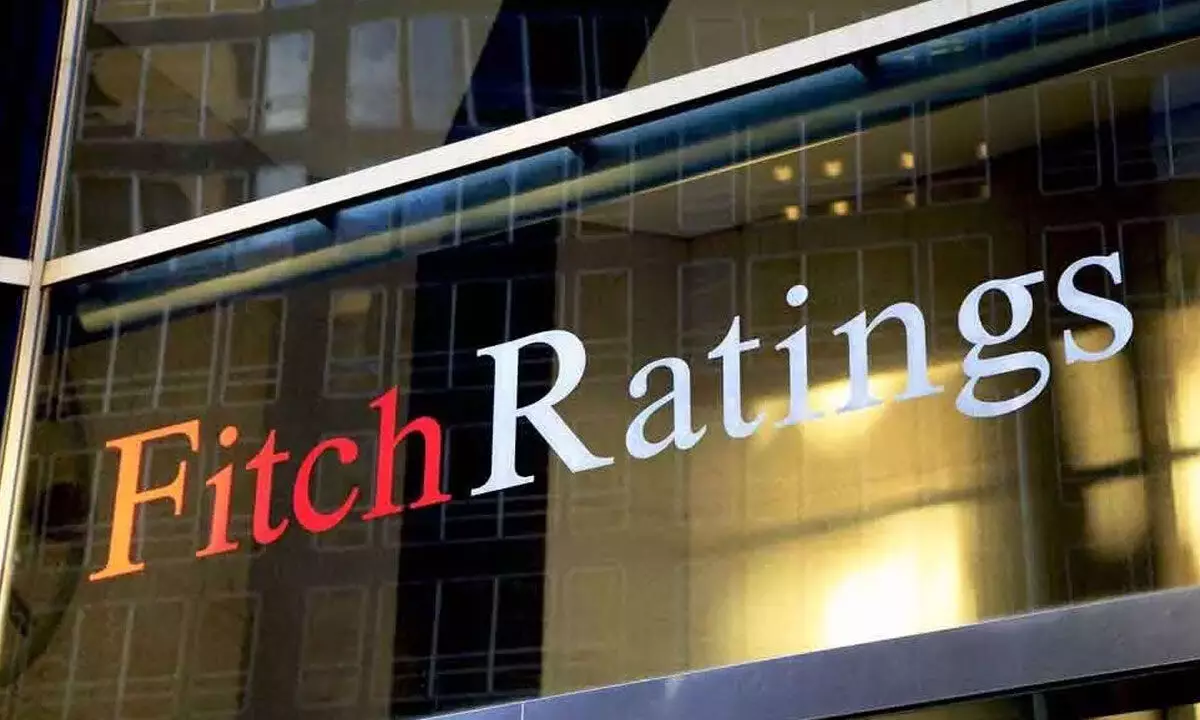Indian Banks' Viability Ratings to benefit from improved performance: Fitch
Share :

Indian banks' Viability Ratings (VR) will continue to benefit from improved operating conditions and performance in the near term, said a global rating agency.
New Delhi: Indian banks' Viability Ratings (VR) will continue to benefit from improved operating conditions and performance in the near term, said a global rating agency.
"We expect Issuer Default Ratings (IDRs) to remain stable across banks as they are driven by our expectation of extraordinary support from the Indian sovereign (BBB-/Stable), should there be a need," Fitch Ratings said in a statement.
Two Indian banks' VRs were upgraded in 2023, with upside possible for several banks as Fitch expects the recent, better-than-expected, financial performance, mainly in asset quality and earnings, to be maintained, it said. The recent revision of the operating environment score to 'bb+' from 'bb' also supports the assessment, it said.
Five of the eight Indian banks' VRs are in the 'bb' category, reflecting a moderate degree of financial strength, while the other three with VRs in the 'b' category are still weighed down by their risk profiles, weak financial metrics of the past and weaker loss-absorption buffers than higher rated peers. Risk profiles and capitalisation are most important to our assessment of the banks' standalone credit profiles amid their growing risk appetite.
"The asset-quality scores for all rated banks have positive outlooks as we expect their impaired-loan ratios to improve further in FY24," it said. The scores were revised up for several banks in 2023, mostly in the 'b' category, to factor in the better-than-expected performance, which we forecast to continue improving in the near term, it said. This should drive the average core metric even lower across banks as the influence of their poor past performance also declines, it said.
"High loan growth and growing risk appetites are important considerations in our assessment, but we also believe that balancesheet risks today are inherently different from the large concentration risks that banks built up in risky sectors between 2010-2012, which subsequently went bad after 2013," it said. Risks from the ECLGS loan book are also not as pronounced as was anticipated, it said. "We expect some impaired-loan accretion when fresh loans season over the medium term, but not enough to disrupt the improving trajectory of the four-year average of the core metric," it said.













